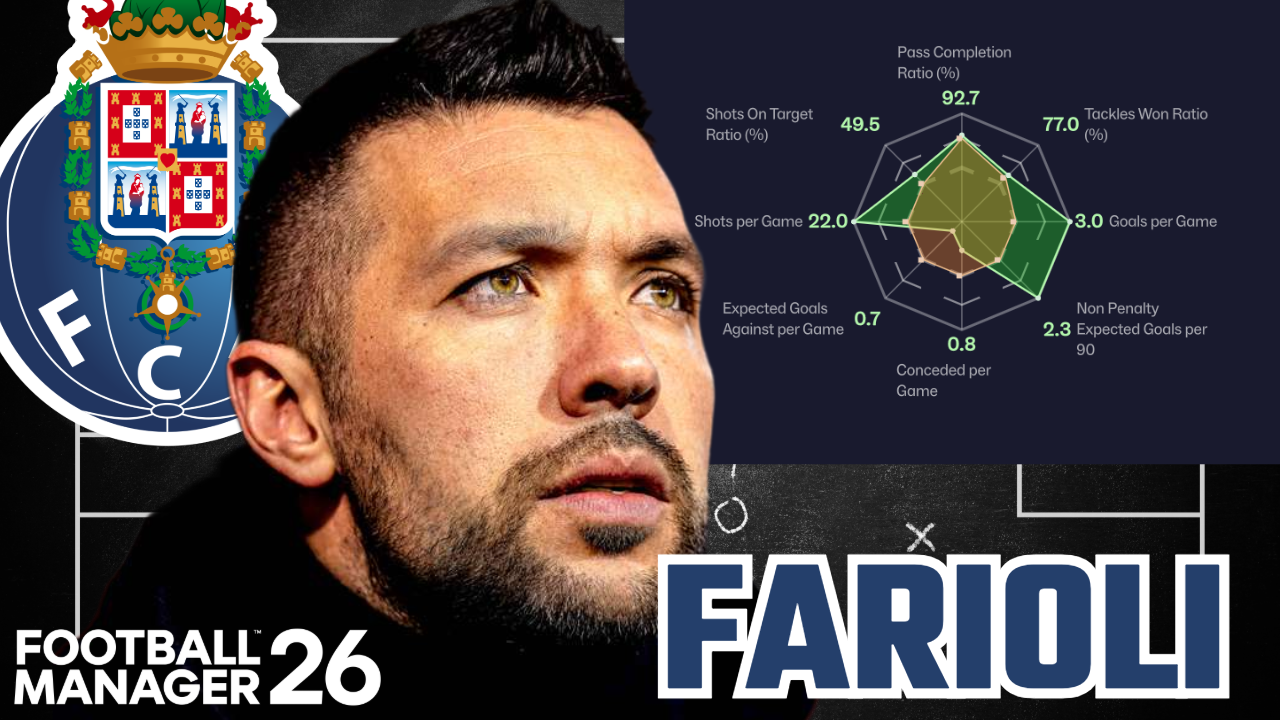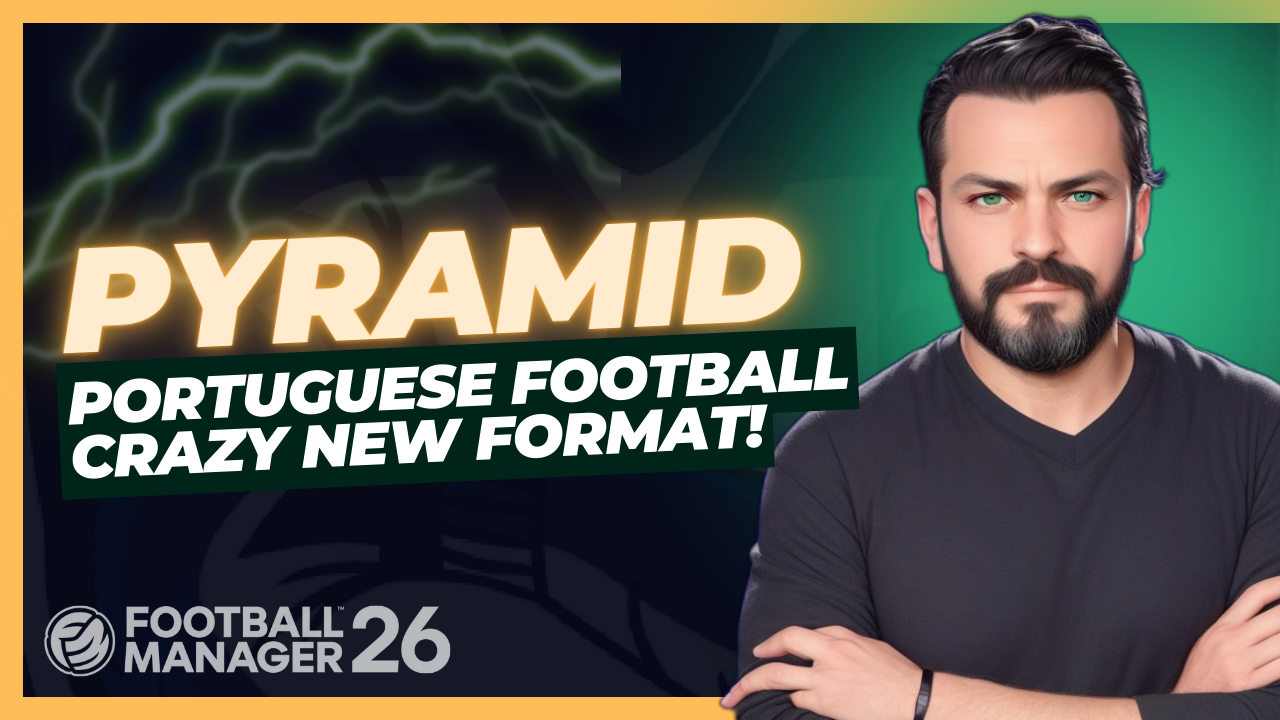
Mid-season slump is usually prevalent in the English league pyramid. I mostly play in England, so my knowledge of handling this has a foundation in this.
With that out of the way, here are the causes of a mid-season slump and how to deal with it.
Fixture Congestion
It is a vicious cycle, to be fair. Football Manager 23 is so much closer to the real world. It is scary how accurate it gets.Watching Arsenal, United, and Man City this football season has opened a new perspective on handling this problem. Arsenal started the season firing on all cylinders. But as soon as the world cup ended, it came crashing down.
There were games where the main cogs in the team struggled to keep up with the intensity of their play. The injury to a key player like Saliba also exposed their lack of quality in depth.
In the end, the run of games caught up with the legs. Mistakes became rampant, and that cost them the title.
In the case of Man City, Pep planned well. He kept his key men well-rested for the second running of the season. Having a billion-dollar squad depth helped.
It is why I used to have a big squad in all my FM saves. It allows you to rotate effectively and maintain quality in strength regardless of the pressure of the fixture list. In Football Manager 23, it is either more or less the same.
The game uses the fixture list the same as in the real world. But there is a downside to having a large squad. Too many players with regular agreed playing time can disrupt your team and cause problems.
There is a method to handle this with little repercussion. There is also the delayed effect on team cohesion and the improvement of teamwork attributes which is fundamental to my tactical ideas.
Attribute growth, in general, gets affected as coaches get overwhelmed. Chelsea was an eye-opener on this one. These and more are why I have slowly shifted away from having a large squad.
How about Utd? Having to play a game every two and a half days from October to almost April. How Ten Hag managed to get them to a third-place finish is a feat not mentioned enough.
They were the only team to do this from December to April among Europe's top five. That is an impressive feat. Add to the fact that the team only got a good week of training five times the entire season, and Erik Ten Hag pulled off nothing short of a miracle with United.
But like the others, the dwindle in form came in as it kept going. In all of this, the main denominator is fatigue and tiredness.
When your team is tired, concentration levels drop, and players can no longer give a hundred percent, or at least not as they would because the mind and body are not aligned.
What happens next is uncharacteristic mistakes like failing to complete a simple 5-yard pass and giving away cheap goals.
If you can address this without compromising training, you stand a massive chance of dealing with a mid-season slump.
How to Fix the Mid-Season Slump
So how can you avoid the slump or overcome it?As the games come thick and fast, pacing your players can help keep them fresh. Finding the balance between training and games is crucial.
In my save, upon reaching the final stretch of the season, I was faced with a hard fixture list. I was going to play Bayern away in the first leg of the round of 16 in the Champions League.
Enjoy two days of rest and training, which one slot will go to traveling, before traveling for the Carabao Cup final against Man City.
However, after Man City, I had two days of rest and training before welcoming Bayern for the second leg.
After this game, Liverpool in the FA Cup quarter-final at home was next. I only had three days of rest and training for that game.
I know it is not the same as mid-season. I did not take physical records of that event. However, I used the same approach.
The common consensus in these scenarios is to add recovery or rest period. However, without appropriate training during these periods, your game would appear harder than it usually would.
An example of this in the real world is Man Utd. They suffered spells of inconsistency throughout the season. As word would have it, they spent their limited time discussing game plans than practicing them in training.
Players needed recovery and rest more. Understandably, they could not risk injuries as their squad depth was lacking. Many of the players spent this period in the recovery room. It was a recurring theme at crucial times during the season.
Due to a lack of proper training, a lot was lacking from their play. Hence, finding a balance that tilts towards more training than rest might change your fortune.
Here is how I did it during my run of games.
Naturally, I picked my first team for the game away against Bayern. I knew I needed to win. At the very least, keeping the scoreline respectable was favored.
So, I ensured that anyone making the squad was fresh and fit with low to no fatigue and lower injury risk. You can confirm this by moving the cursor on the heart shape icon.

Fig. 1.0. Condition of players is displayed on the right side of the image. Saliba is fully fit but shows low levels of fatigue.

Fig. 1.1. Condition of players displayed on the right side of the image. Rice is in peak condition with very little fatigue.

Fig. 1.2. Condition of players displayed on the right side of the image. Odegaard is fit but shows signs of fatigue.
Any player who was not in tip-top condition was not going to play. Any exception was limited to a maximum of two players. These players would command close attention and be substituted once I gained control. By this, I mean winning. However, this happens sparingly.
The reason for this lies in the effect of tiredness on the mind. The longer it goes on, the more problematic it becomes. First, the mind becomes slow to process information leading to bad decision-making.
Even your best players are not immune to this. Only those with high values of concentration and stamina may hold on longer.
Before long, the body becomes slow to accomplish the simplest of tasks. Soon, a simple 5-meter pass becomes difficult.
If you are unlucky, you lose the player to the slightest niggle. A muscle injury is most likely to occur when players are tired. However, it could be worse.

Just because you are willing to run and can push your body to the limit doesn’t mean you will succeed. Without the complementing attributes, it would be ineffective.
The game went as expected, with my players giving 100% and putting in a shift like we always did. We took a two-goal lead in anticipation of the game at home despite my PC getting stuck while the game continued.

Fig. 2.0. Away game against Bayern with a fully refreshed team.
As expected, after an intense game like this one, players tire. With two days to rest and train, this was a crucial two days.
Credit to TomFM, who mentioned this in his common mistakes YouTube video. Although, I cannot recall how deep he went with this since I saw it when it first aired.
However, below is how to use it to get your players up to speed for the next game without changing much.
Within the Training section of the game is a helpful subsection called Rest.
This tool can help you navigate players' conditions proportional to training intensity and track their injury risk. But you have to set it up to reduce the work on your gameplay time. Reduce, not ease.
Go to training and click on the sub-bar, REST. Here is where to find the Training Intensity Scheduling screen. Here, you can set what Condition level gets a specific intensity level. Make your choices and then switch every player to automatic.
If you lack time or patience, do this. Highlight every player there by clicking the first and holding Ctrl + Shift before clicking the last player. Once you do this, switch one player to Automatic. The rest will follow.
A rotating arrow icon would be visible within each player's training intensity box. The arrow icon indicates that the players' training intensity is now automatic. It means the training intensity depends on the pre-set overall scheduling. That was TomFM's tip.
Below is the expansion of that tip and how to make it count.

Fig. 3.0. TomFM’s tip with my preset changes to the default “Training Intensity Scheduling''.
Before you add Double Intensity in the last two spots, here is something to consider. That something is the Condition icons and their distribution.
The first two bars on the Training Intensity Scheduling have no pitch or gym work in Fig3.0 for a reason. The distribution of Condition levels and the corresponding intensity is a progression. It is not a fixed position.
The second bar has no pitch or gym work because its distribution begins from the first bar.
Having the second bar as Half Intensity means players with condition levels between the first and second heart icons would perform the training at half the intensity.
You do not want that as those condition levels are low. It would prevent players between those conditions from recharging quickly. Or worse, get them injured.
Therefore pay attention to this when tweaking yours.

Fig. 3.1. The progression principle of condition levels and the impact of Training intensity.
This next part might be the most tenuous part of this guide. But in the modern game, details matter. It does in Football Manager 23. Most successful managers are usually obsessed with the details.
Immediately after a game, head straight to the Rest screen. Look for players whose physio recommendation does not align with their set training intensity.
If you find any, switch them to the recommended manually. You can do this by clicking the dropdown menu on the individuals' Training Intensity and setting it to the recommended.

Fig. 3.2. Resolving Physio recommendation actual training intensity.
Finally! A tangible use of a physio, besides knowing how long a player would be out. A good physio comes highly recommended.
Their suggestions, in this case, are invaluable to keeping your players fresher and safer from injuries. The higher the attribute, the more trustworthy the opinion they offer.

Fig. 4.0. The game’s way of explaining the importance of attention to detail in careful man management.
Check back after each passing day until the recommended intensity no longer appears. Once this happens, revert to the automatic settings. This way, he can join up with the squad properly.
One of the benefits of doing this instead of adding a rest/recovery session to your training is control.
Adding a rest/recovery session affects everyone, including those who do not need it. A player with little or no minutes in the game prior would take a day off for doing absolutely nothing instead of training.
However, doing things this way can give individual players some degree of rest depending on their condition levels while having the bulk of your players training for the next game.
Not doing pitch or gym work means they are resting or undergoing recovery with the physios. At least, that is how it works in real life; it happens the same way. The in-game editor confirms this.
However, the recovery effect is not as significant as using recovery in the schedule. Recovery deals with player fatigue but not players' condition.
Another benefit is player management in terms of injuries and fatigue. It can also help the transition of players with long-term injuries into training without risking a recurrence of said injury.
That was something I did with Saka after a three-month injury. He did not skip a beat.
I used the same squad for the finals against City, albeit with three changes. A game in which we came out as comfortable winners.
Given that we were hosting the second leg of the champion league match against Bayern with a two-goal lead, I made some heavy rotations. We ran out 3-nil winners.
Having rested some key players and reduced the minutes played by the others in the game prior, Liverpool was a cakewalk.

Fig. 5.0. The win over Man City in the Carabao Cup Final.

Fig. 5.1. Comfortable win against Bayern at home.

Fig. 5.2. The final game in the congested fixture list. A comfortable win over Liverpool in the FA Cup Quarter-Final.
Game Management
It would be remiss of me if I did not mention the importance of game management in this. However, game management does not necessarily mean changing to a new formation or turning your tactics upside down during the game.The idea is to reduce the intensity of your tactics without compromising control or gameplan. Tifo Football has a brilliant video on this, especially with time management.
It is also something AI managers do in the game. If you have noticed, they throw the kitchen sink at you toward the end of the game.
However, besides that, this is how to extrapolate the information.
Making significant changes in-game disrupts tactical familiarity and player connections. Changing the roles of players with link-up understanding shatters the understanding. Changing a single one destroys it.
Link-ups like this depend on both players understanding each other's movement. These movements are dependent on the roles and duties assigned.
You can see the effect of in-game tactical tweaks on tactical familiarity and intensity via the tactics screen. Hover over the icons and see how each change affects this.
Below are a few suggestions.
It is safer to tweak Player Instructions (PIs) than Team Instructions (TIs). But when it comes to role changes, limit them to a maximum of three.
Personally, tweak one first. If you need to make another change, switch the first one back. Either way, limit the changes to at most three.
For TIs, move sliders one place forward or backward. Focus play does not affect tactical familiarity or intensity. However, to maximize your team's wing play, add that to training.
Transition instructions influence tactical intensity. If you have set up to absorb pressure and counter, you should be fine leaving the counterattack on.
For those with high-intensity tactics, holding shape can help buy your players a few minutes to conserve energy. Other TIs that affect intensity include Trigger Press, Tackling, Tempo, and Team Mentality.
So, you may not need to drop your press intensity to manage the game. Using stay on feet, a reduced tempo, and holding your shape can do the trick.
The same applies to time-wasting. Most players assume the only purpose of time-wasting is to make players knock the ball around to kill the game. But it is more than that.
With the proper instruction, time-wasting allows players to prioritize keeping the ball above everything else. It ensures they do not try to force an opening when there is none.
Instead, they would willingly recycle possession and start again. Again, this all depends on how you have approached training.
For TIs that affect tactical familiarity, make those changes with this in mind. Sometimes, keep it at just one or at most, three. You can also revert a previous tweak when adding a new one.
Players' forms can play a part in this. However, training has countered this issue for me, for the most part. Still, a player or two can experience a massive drop-off, but there is a fix. Look out for that article soon.
Last Words
Keeping your players fresh for the next fixture gives you a better chance of surviving a crash in form.If you use a high-intensity tactic, you may have noticed how difficult it becomes to keep the opposition at bay toward the end of the game.
More often than not, tiredness is responsible for this, which leads to lapses in concentration. As a result, you lose the game or end it, holding on for dear life.
Now, imagine doing this with a team already tired from the start.
During the middle of the season or the latter half of the season, you will experience this much more due to the congestion of the fixture list.
Approaching this issue this way will not only keeps your players match-ready in every way but also keeps them injury free.
However, there are times when you will curse your luck with injuries. The game makes this exact statement. So, that happens too.
Now, there are aspects of the game you can't control, like the individuals in your team.
But you can make sure there are consequences for the drop in their form, or you can choose to humanize the situation and support them.
I prefer the former. Knowing how and when to do this isn't difficult. I will get to it in another article.
Making a tactical change can work. But be sure that it is a tactical problem as a drastic change would require re-learning for the players in your team.
It can result in a quick fix with no sustainability, a future championship winner with a slow start, or a perfect response. My opinion is to make the changes small.
Also train, train, train. There is a massive significance of training to gameplay than just improving attributes.
This is how to deal with midseason slump/fixture congestion.
If I missed anything, please let me know in the comment below.





![FM26 Data Tweaks [v1.0 | v1.6]](assets/downloads/fm26/fm26-data-tweaks-by-sirtavares-v2.th.png)


![FM26 2025-26 Real Fixture & Results [27-11-2025]](https://www.fmscout.com/datas/users/realresult_thumb_25_26_fm26_257759.png)


Discussion: How to Fix the Mid-Season Slump in Football Manager
2 comments have been posted so far.